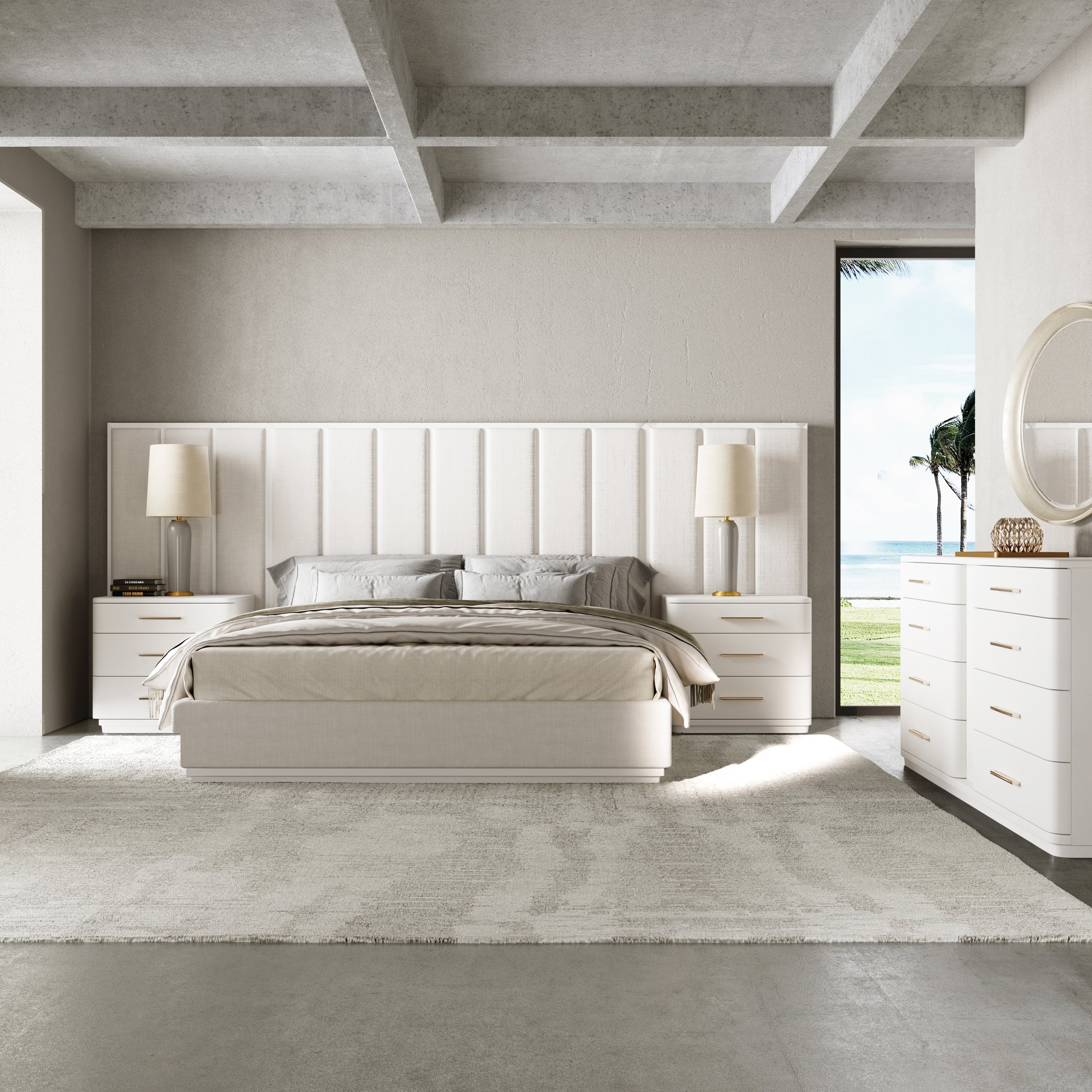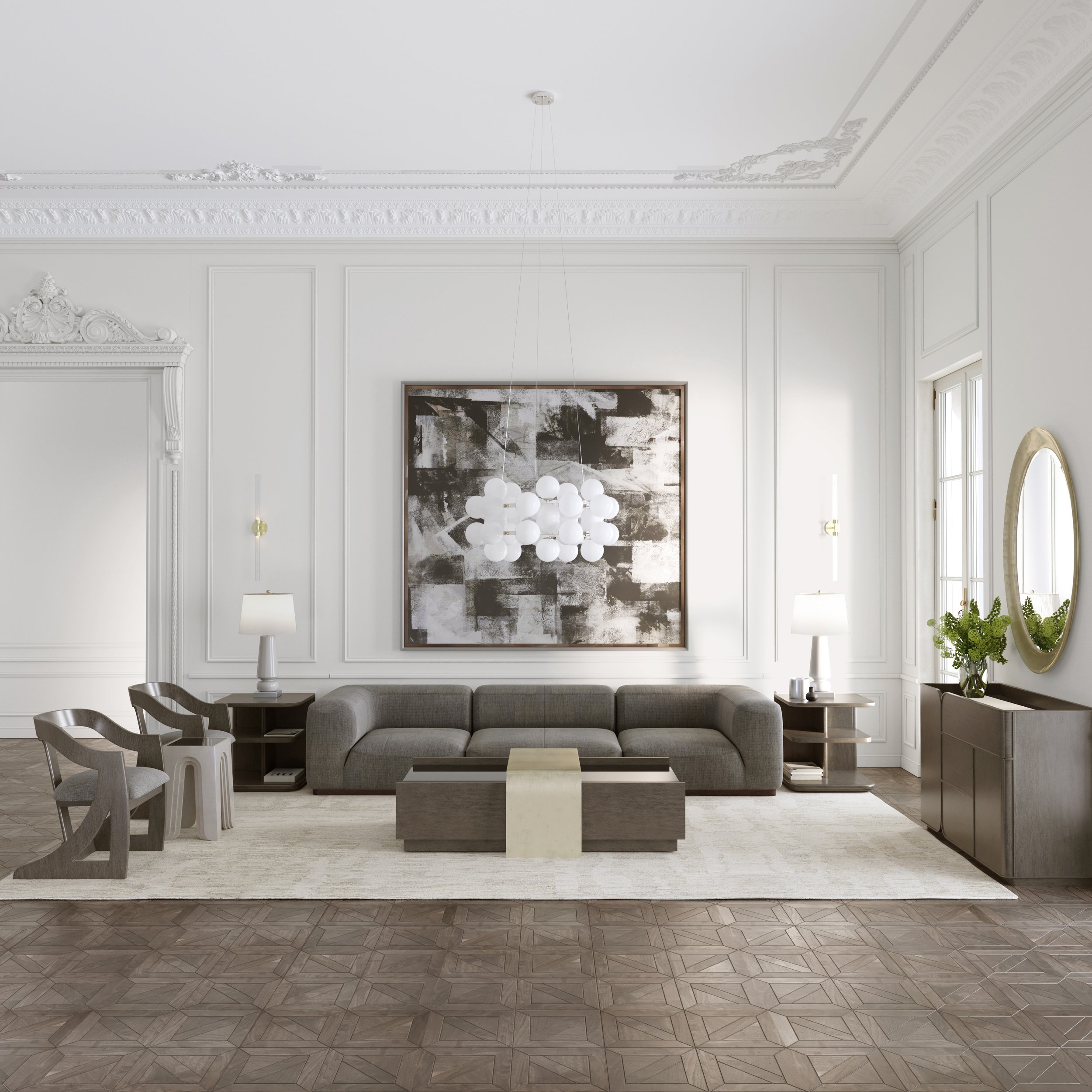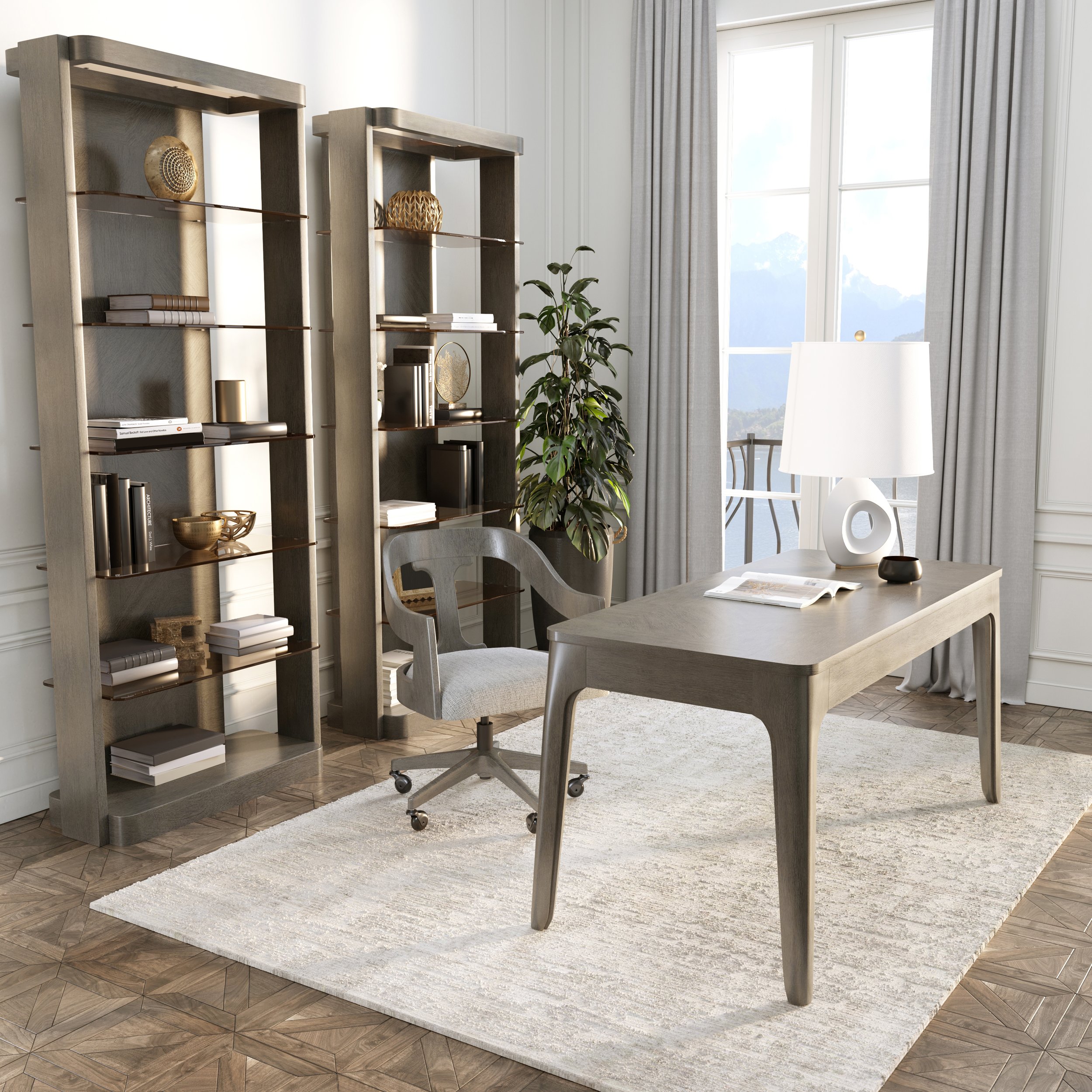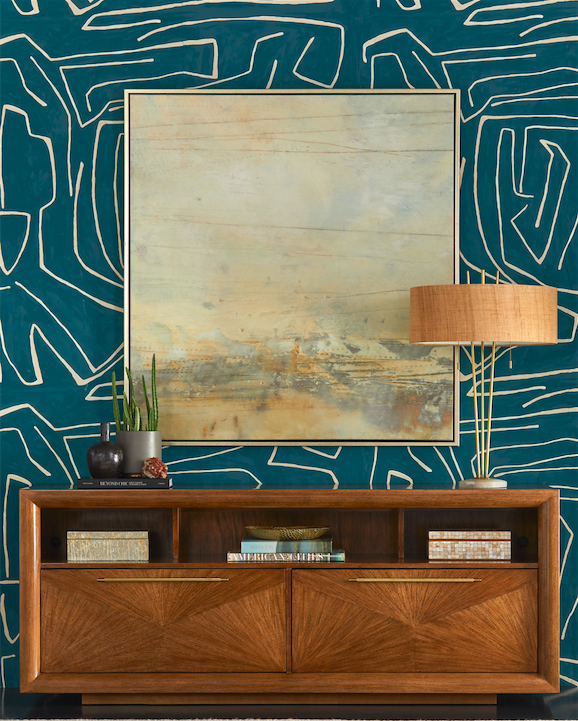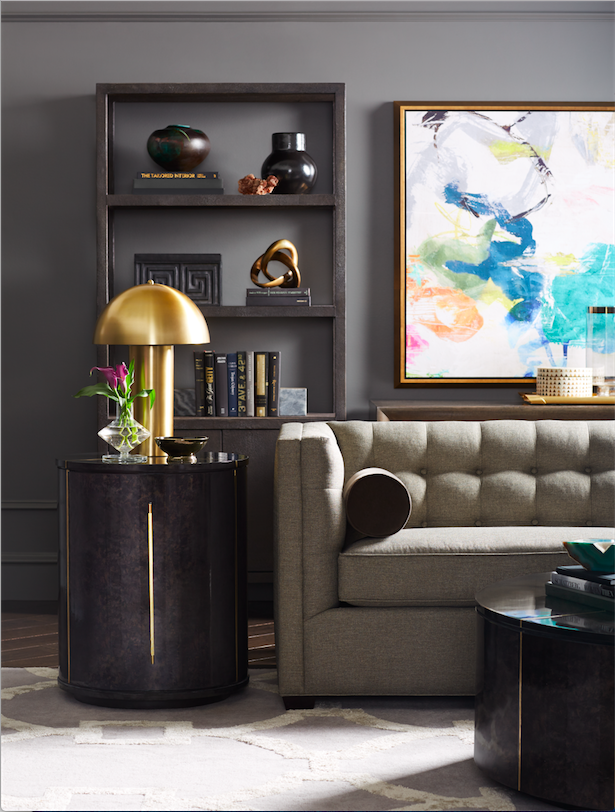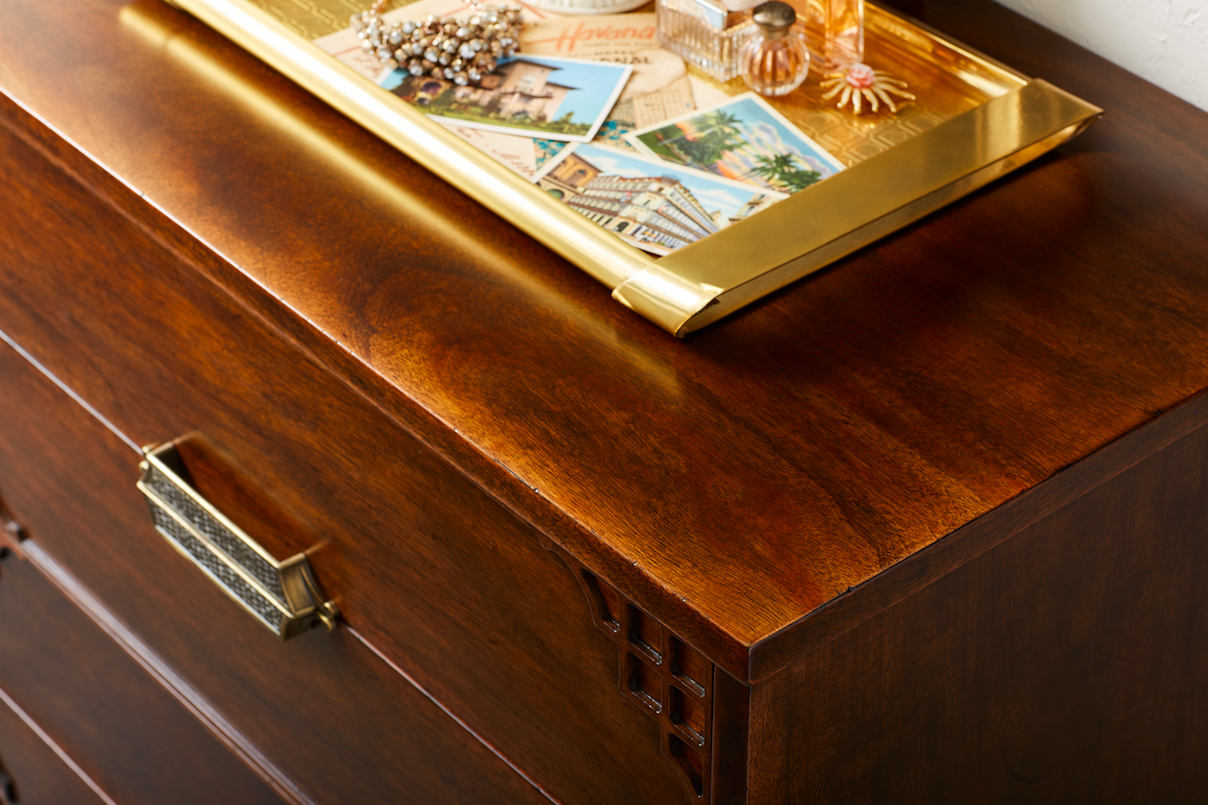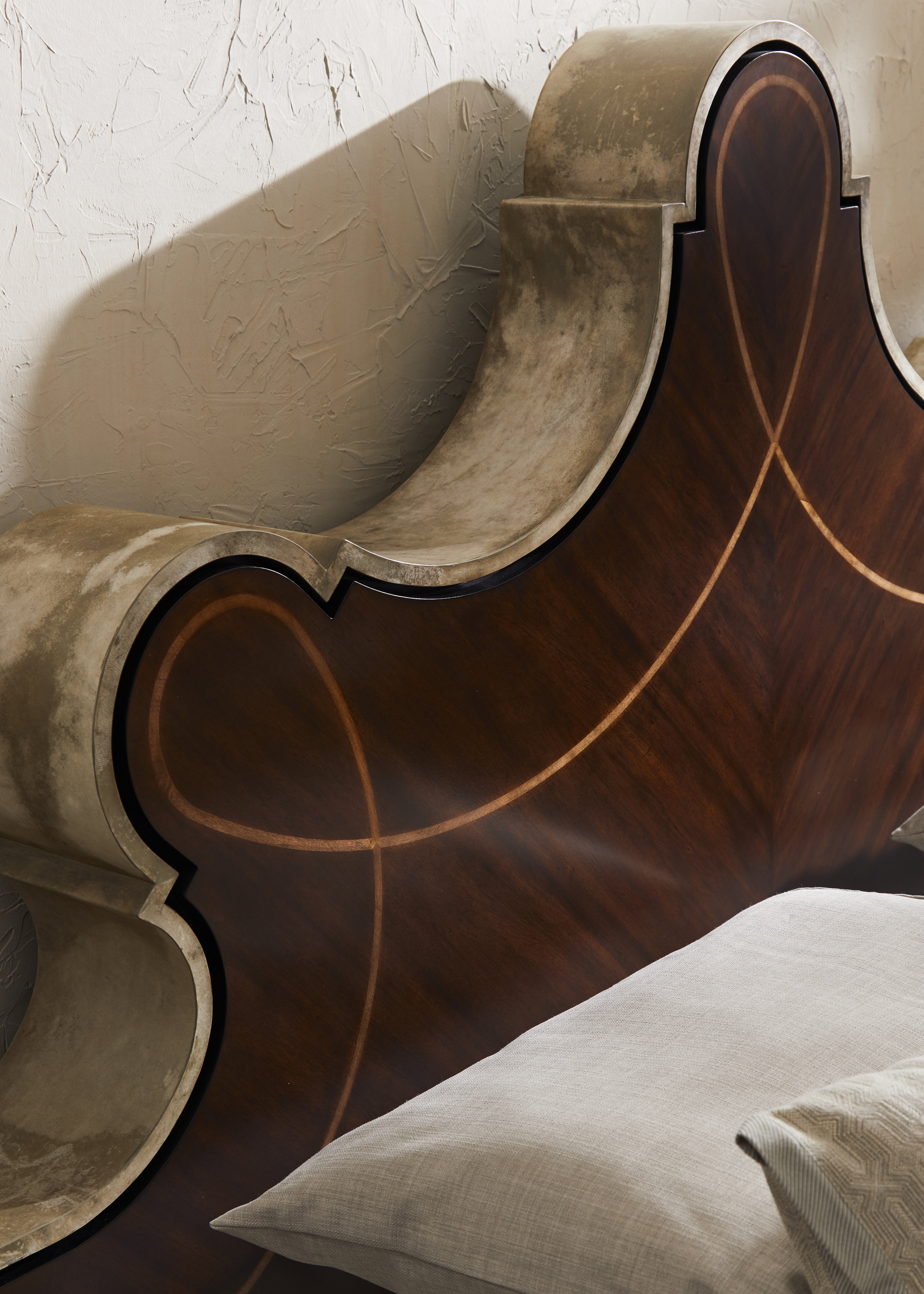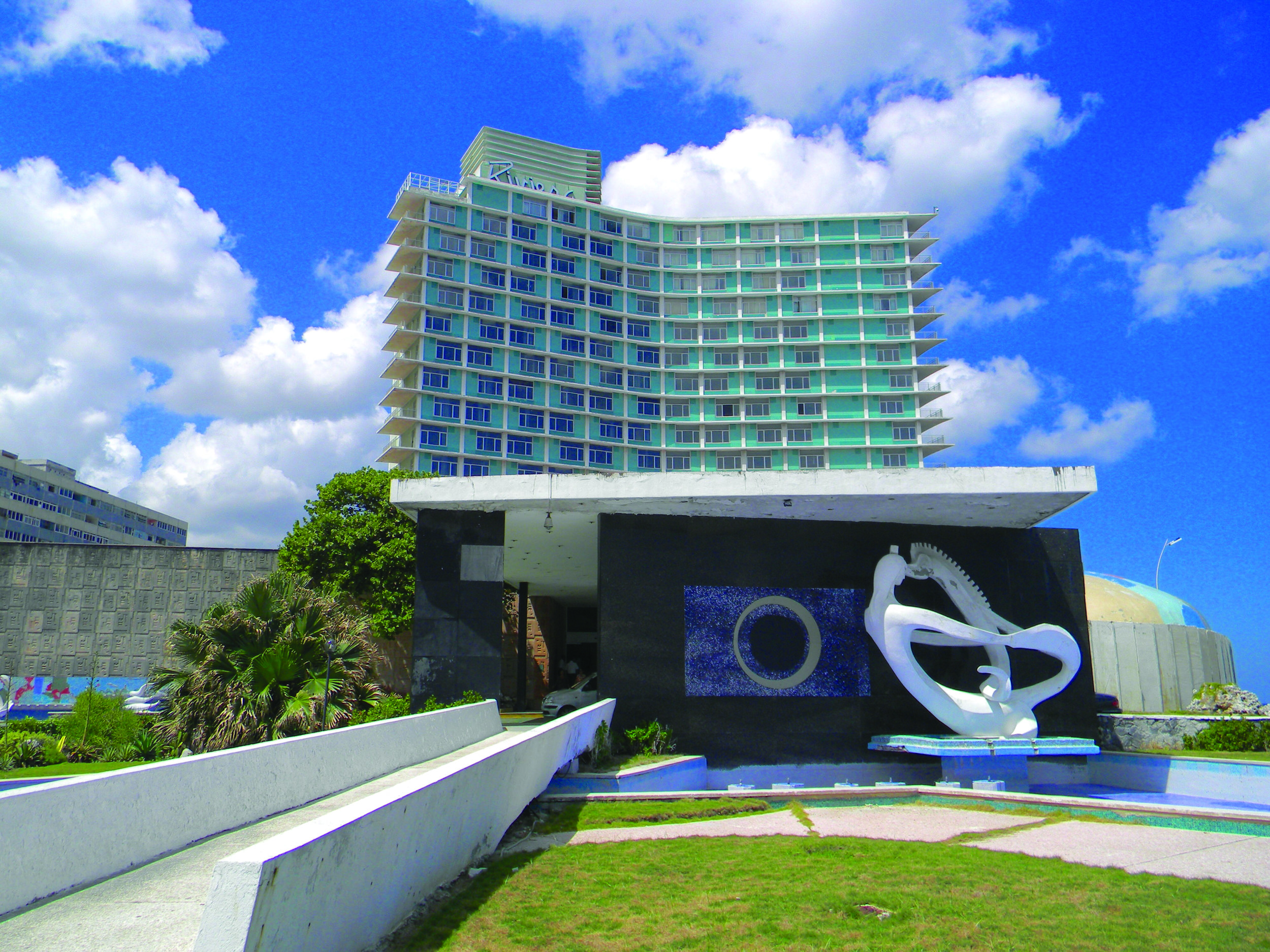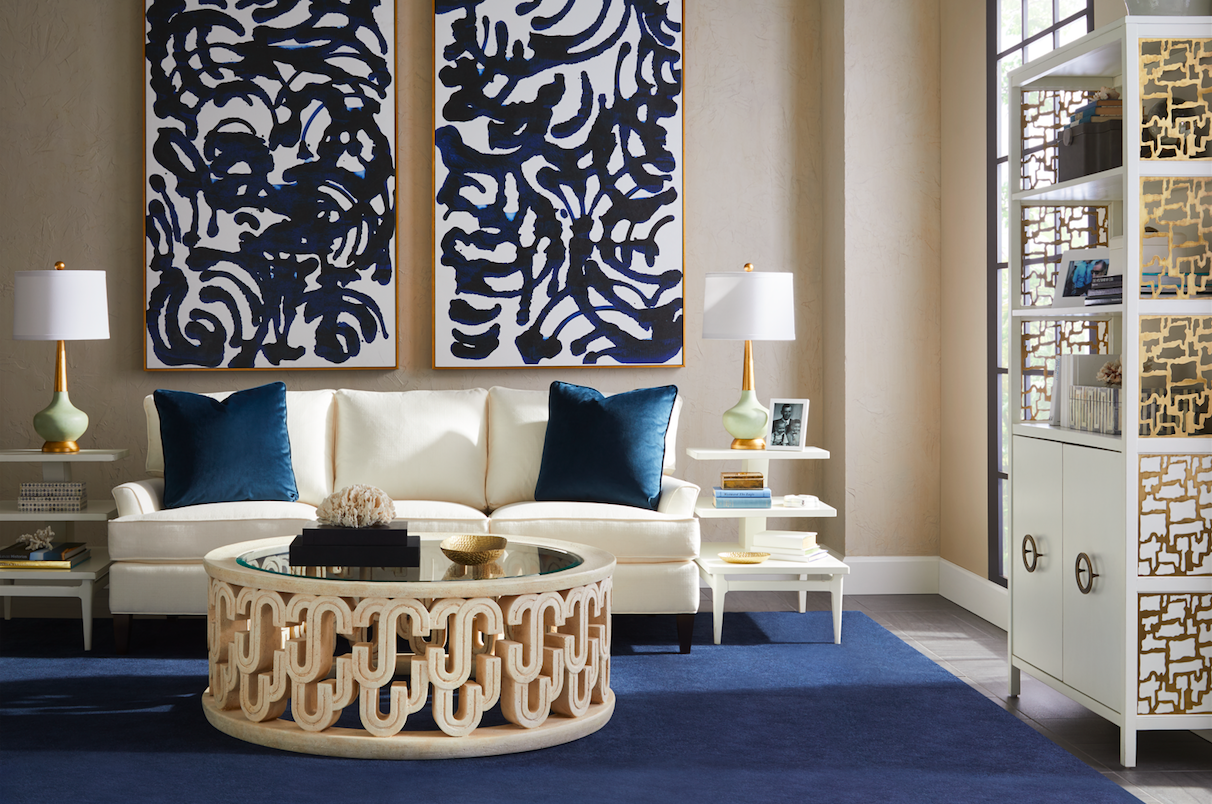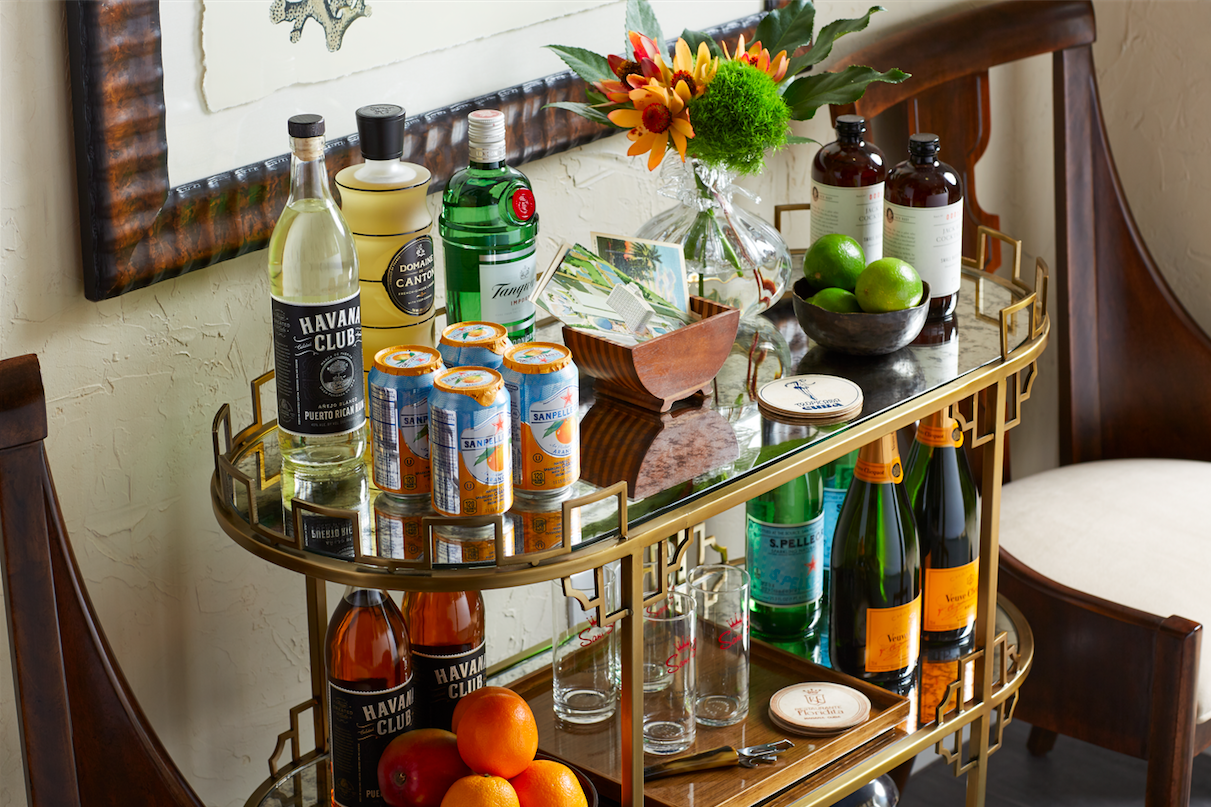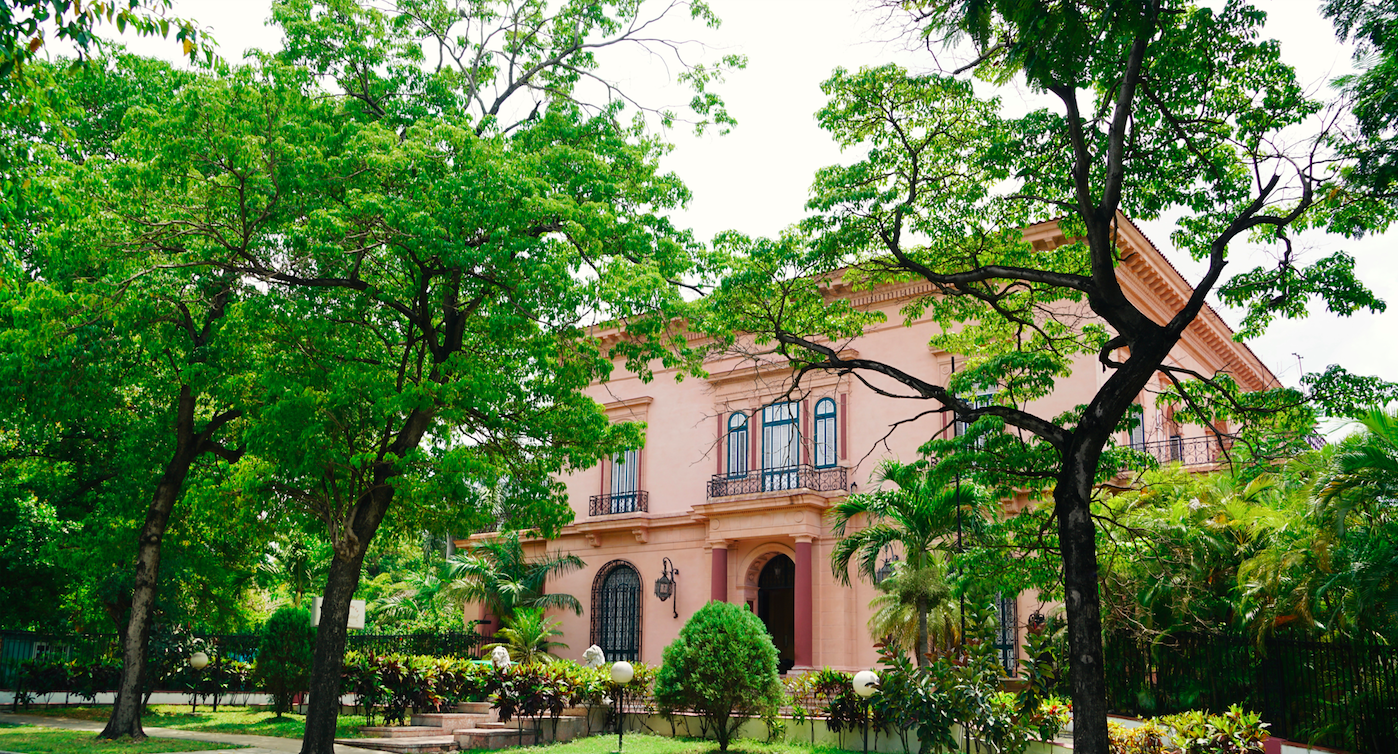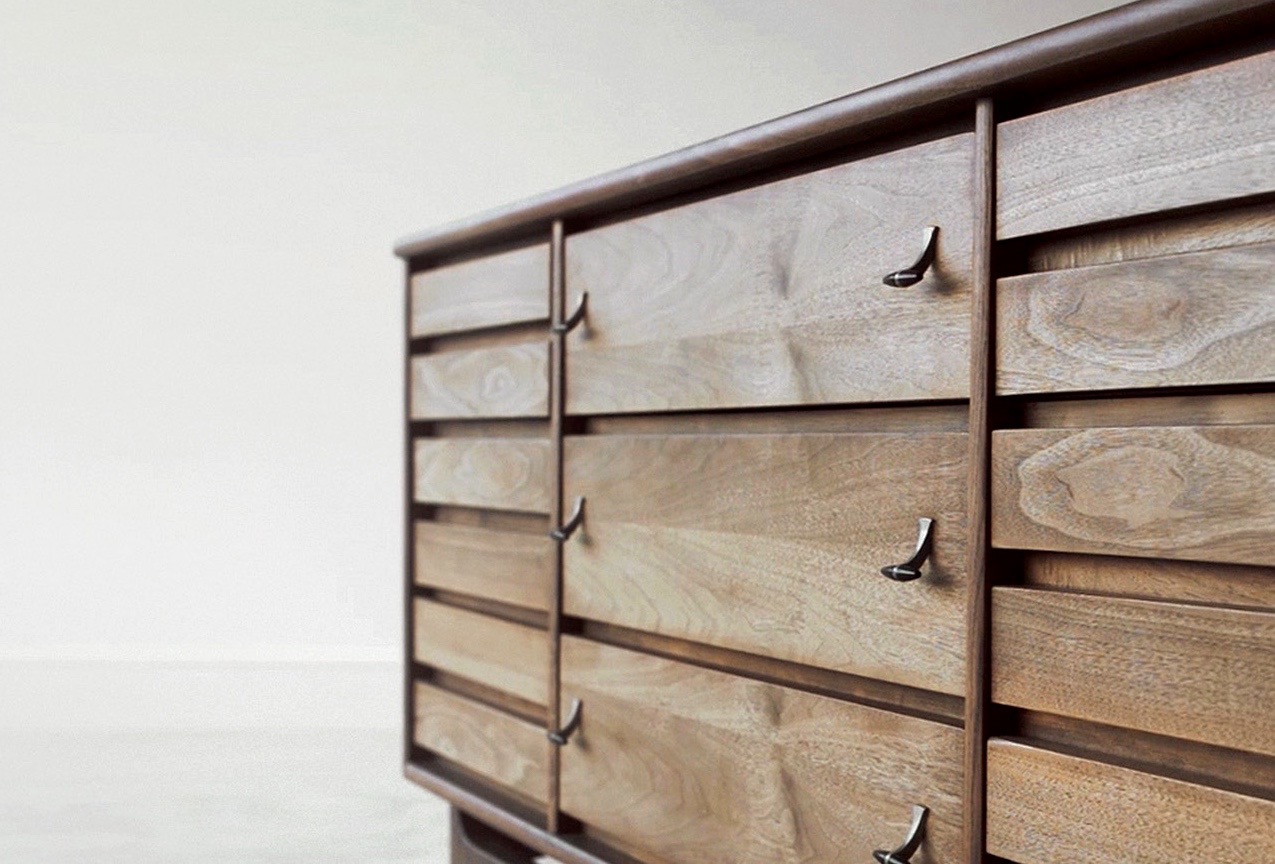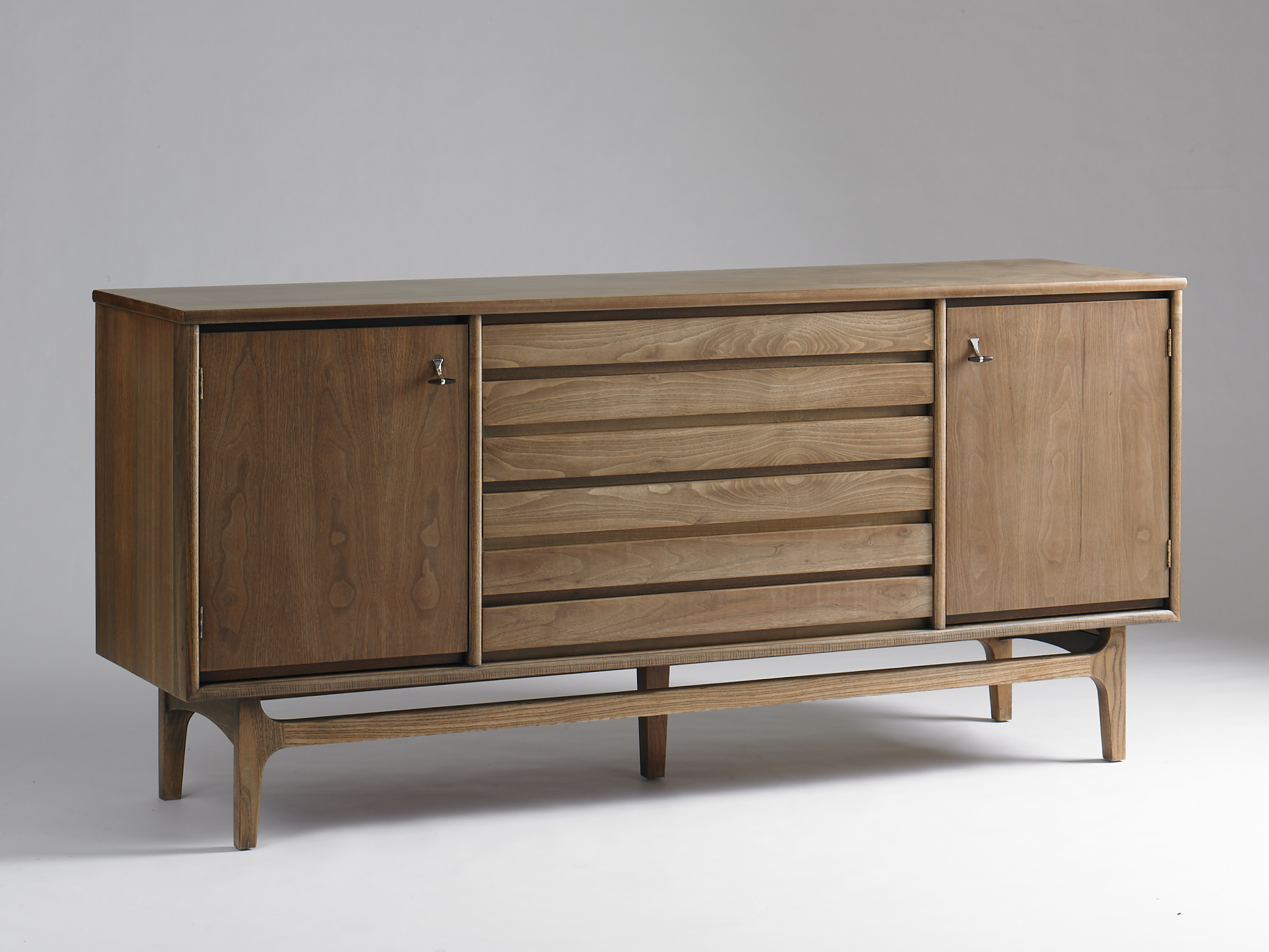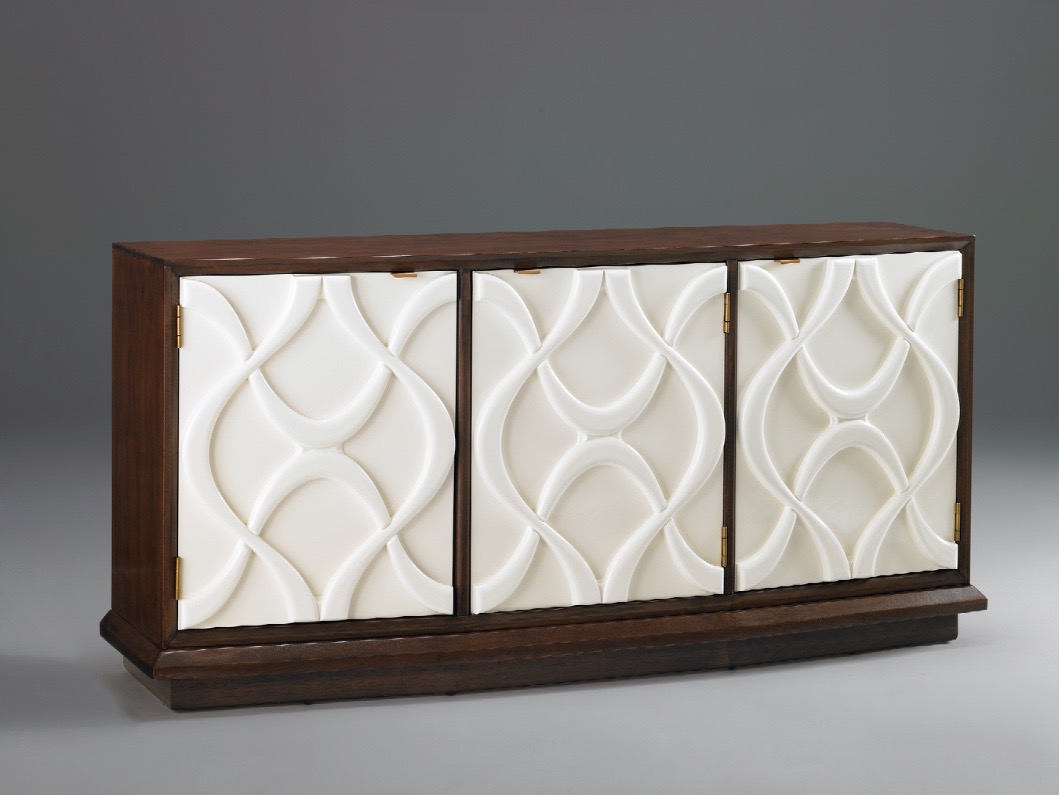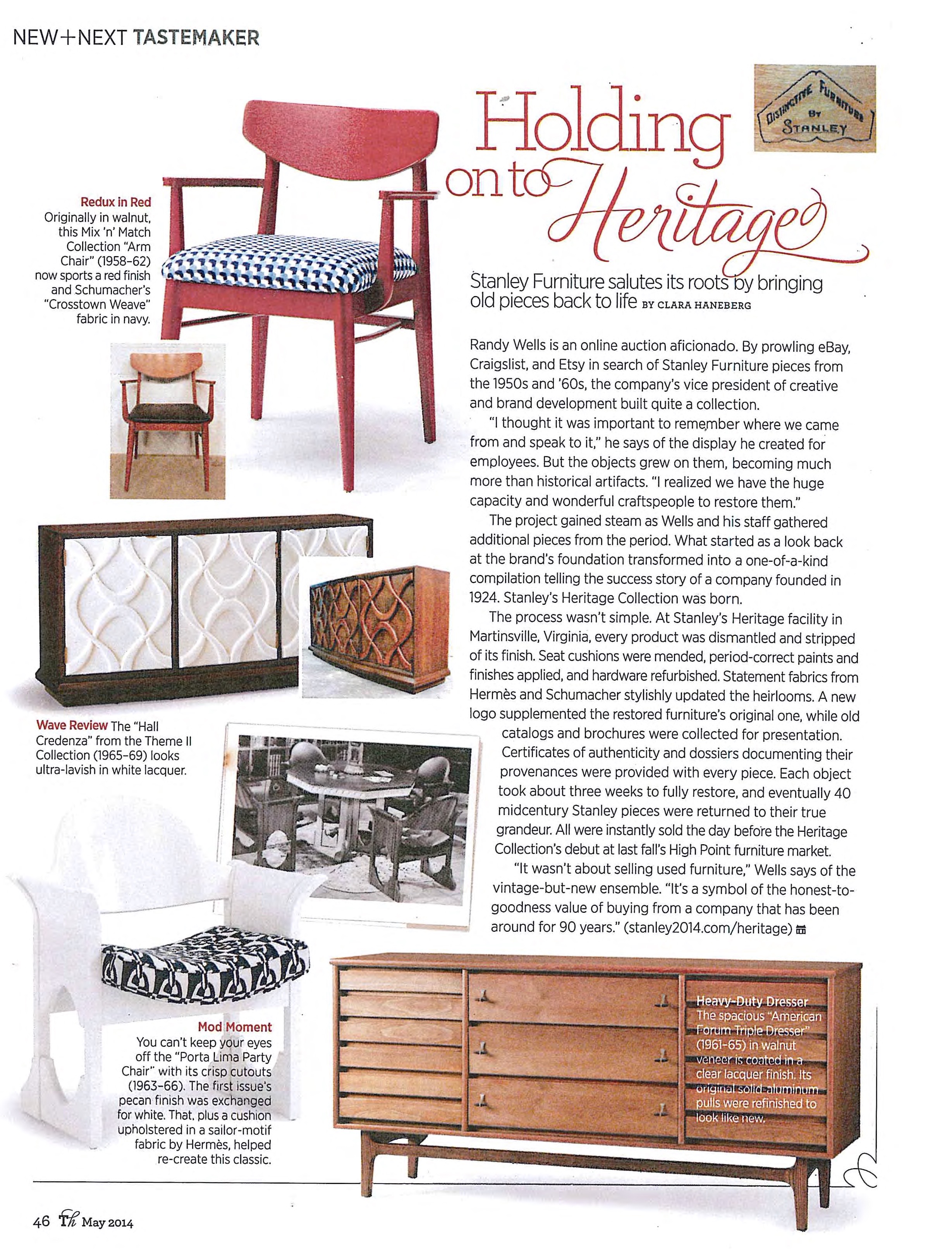Author of the Casa Ispirata design language and design leader for each of the brand’s products.
Central to the success of the brand’s launch was building a product line whose designs leverage the organization’s core competencies and operational infrastructure to create differential value.
Responsible for concepting, design, development, prototyping, finishes, merchandising, sales and distribution for each of the brand’s products. Additional responsibilities include visual creative for all touchpoints of the brand and showroom design and execution.
Casa Ispirata’s 2021 launch collection included thirty items and one hundred twenty-five SKU’s.


There is no question that Italy has an extraordinary history of art and design. The roots of Italian design and style go back to 14th-Century Florence - the cradle of the Renaissance. However, it was the postwar years of the 20th century where a combination of Italian style and Hollywood glamour truly propelled Italy onto the world’s stage (at least as far as popular culture is concerned), thus cementing its image for fashion and design leadership.
The 20th century proliferation of Italian-American alliances and partnerships - particularly the era between 1965 and 1995 – served as important points of inspiration in the founding of Casa Ispirata. It is in this light that we shaped the design language of Casa Ispirata to reflect a combination of the brash confidence, energy and scale of American design and the restrained elegance and flair of Italian design.
The confluence of these two elements served us well in forging a unique and authentic design language that endows Casa Ispirata with a slightly devil-may-care brand of aspirational yet livable sophistication.











